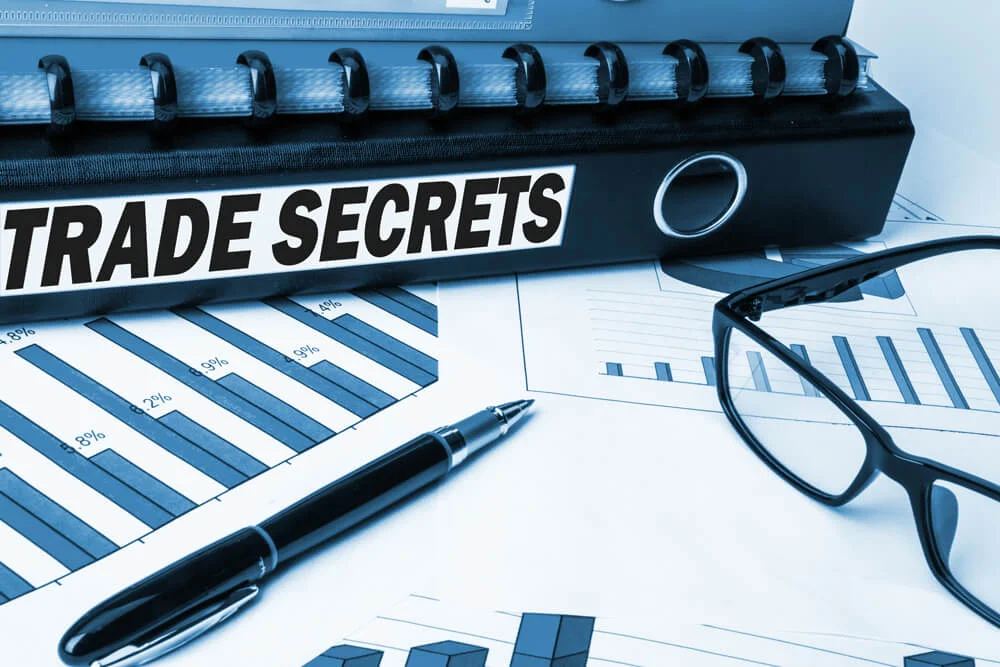At the beginning of the movie Star Wars: A New Hope, villain Darth Vader is pursuing the stolen plans to the Death Star, the Galactic Empire’s secret weapon, later revealed to have been stolen by Rebel spies.
One can only imagine, had the Emperor ordered Vader to follow local laws, the legal red tape he would have faced if he had to use the courts of each local star system into which he pursued the Rebels to recapture those plans. Even as he was securing an ex parte injunction, the Rebels would be on their way out of the system and on to their next stop in the effort to get the plans to the Rebellion.
TRADE SECRETS ACTS
In a sense, a modern business with trade secrets faces a similar dilemma if an employee steals a trade secret. The employer has no way to physically “recapture” the trade secret from the employee, or a competitor if the trade secret is taken there. Further complicating the employer’s picture is the fact that with fifty states there are fifty different jurisdictions.
And although all but one state has adopted the Uniform Trade Secrets Act (“UTSA”), each state adds it own twist to the UTSA, and each state’s legal system differs, particularly when it comes to obtaining injunctions. And finally, an injunction only goes so far—it enjoins, e.g. prohibits—the defendant from doing something while a lawsuit is pending. An injunction cannot compel the defendant to return the trade secret, but only not to use or disclose it on pain of contempt.
Enter the Defend Trade Secrets Act (“DTSA”), which amends the Economic Espionage Act of 1993 to create a private federal cause of action for trade secret misappropriation. While the DTSA borrows heavily from the Uniform Trade Secrets Act, it includes a super weapon not found in UTSA—ex parte civil seizure.
EX PARTE CIVIL SEIZURE
What is ex parte civil seizure, you ask? It is the ability to get a federal court order to use the power of the Federal Marshal’s office to seize something pending litigation. Ex parte means you don’t have to tell the potential defendant about it first.
Ex parte civil seizure is most frequently used to seize counterfeit trademarked products— e.g. knock-offs of well-known brands such as Harley Davidson, Louis Vuitton, and Disney. In the trademark realm, if a plaintiff can meet certain criteria under Section 34(d) of the Lanham Trademark Act, the Federal Marshals Office will seize the infringing goods and impound them pending the outcome of the lawsuit. In fact, the Defend Trade Secrets Act draws heavily on Section 34(d), incorporating many of its components.
DEFEND TRADE SECRETS ACT CRITERIA
Under the DTSA, a plaintiff needs to meet the following criteria:
- A restraining order or injunction, or other form of equitable relief, would be inadequate;
- An immediate and irreparable injury will occur if such seizure is not ordered;
- The harm of denying plaintiff the seizure outweighs the harm to defendant;
- The plaintiff is likely to succeed in showing that the information is a trade secret and that the defendant misappropriated the trade secret, or conspired to used a misappropriated trade secret;
- The defendant has actual possession of the trade secret and of the property to be seized;
- The application describes with reasonable particularity the matter to be seized and, to the extent reasonable under the circumstances, identifies the location where the matter is to be seized;
- The defendant, or persons acting in concert with the defendant, would destroy, move, hide, or otherwise make the trade secret inaccessible were to plaintiff to give notice to the defendant;
- The plaintiff has not publicized the requested seizure.
This may seem a daunting list, but trademark plaintiffs have been regularly meeting very similar requirements for years to obtain the seizure of counterfeit products. Thus, there is already a well-developed body of law to be used as a road map and from which federal courts (and litigants) can borrow to shape the contours of civil seizure of misappropriated trade secrets.
DIFFERENCES IN SEIZURES
One significant difference, however, lies in the subject matter of such orders. Counterfeit goods are tangible. A trade secret may not be tangible, and is often reduced to an intangible format, such as a file on a computer or network. The DTSA takes that into account, and permits the seizure of something on which the trade secret is located—such as a data disk, a flash drive, or a computer; perhaps even a cloud account. If other data critical to a competing business is also located on the data disk, flash drive, or computer, seizure could have a devastating impact on the business. And if the trade secret data has been propagated across a network, the impact of seizure is likewise magnified.
This fact will not be lost on attorneys who represent trade secret misappropriation plaintiffs, and should not be overlooked by any attorney advising a business client who has learned that a new employee may be using a trade secret taken from a competitor.
A final advantage, of course, is that the seizure order issues from a federal court, which makes it easier to obtain enforcement in other federal districts. Thus, ex parte civil seizure adds a new tool to the trade secrets enforcement toolbox, not to mention the power of the federal judiciary to enforce it.
FINAL NOTES
In the whimsical hypothetical above, Vader could have obtained his ex parte civil seizure order for the Death Star plans on Coruscant, the Imperial capital, and used Storm Troopers to seize the plans in whatever system he found them, before R2D2 made away with them at Tatooine. Fortunately for the Rebellion (and the movie-going public) that didn’t happen.
The Vethan Law Firm, P.C. (“VLF”) is at the cutting edge of trade secrets litigation and corporate protection. If your business has questions regarding its trade secrets, contact us today.

